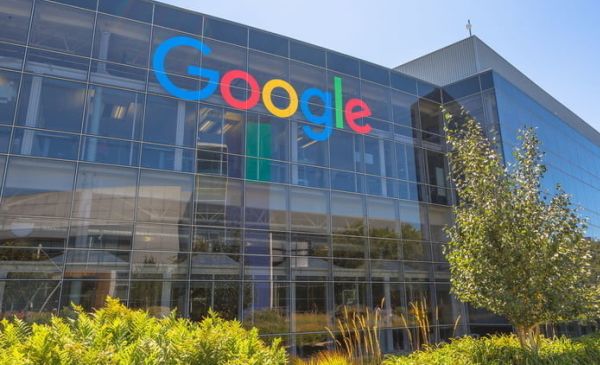It is time to stop speculating about brand equity and turn, instead, to the ice-cold empiricism of financial brand values. Monday saw the annual publication of the BrandZ Top 100 brands from Millward Brown Optimor and, as usual, there were a host of winners and losers.
The first slice of good news was domestic (FYI – I’m based in London). Although only six British brands made the Top 100 list, they grew their value at an average rate of 33% – significantly higher than the 21% average of the Top 100 as a whole. Vodafone led the British contingent growing in brand value by a whopping 75% to $37bn (£18.7bn). But the BrandZ data that drives the Top 100 also recorded a slowing in Vodafone’s brand momentum, suggesting that the good times may not continue.
Another big winner this year was McDonald’s. The world’s eighth-biggest brand recorded a 49% rise in value to $49.5bn. Impressively, it also recorded a brand momentum score of seven, suggesting its gamble to divest the other brands in its portfolio and focus on its main cash cow appears to be paying off. I must now eat humble pie and accept that you can revitalize burgers and fries in the 21st century.
I did get one prediction right this year, though. Robert Polet, who took over as chief executive of Gucci Group after two decades working for Unilever, is just as good as I told you he was. His main brand, Gucci, increased in value by 43%, and with a brand momentum score of 10, it seems Polet’s revolution will continue to deliver results.
Brand values can go down as well as up.
Thanks to the honesty of returning chief executive Howard Schultz, we already knew that Starbucks was in deep trouble. But the BrandZ data provides us with a quantitative assessment of just how bad things are – it lost 25% of its brand value last year. If ever there were proof that growth and global expansion are the biggest enemies of brand equity, here is the perfect case study. It is better to grow at 10% a year for 100 years than at 30% a year for five.
Then there is the growing tragedy at Citi. Ten years ago it was the biggest merger in the history of banking and one of the biggest brand architecture jobs on record. Today, most of those involved in the creation of Citigroup recognize that blending a private bank, investment bank, retail bank and insurance group into a single branded house has been a disaster. A dismal drop of 10% in brand value and a low momentum score suggest that the once mighty Citigroup may soon be broken up.
Perhaps the biggest brand question posed by the BrandZ Top 100 involved Millward Brown Optimor itself. The combination of outstanding market research and a truly global piece of consumer research driven by some of the best brains in marketing means that the BrandZ Top 100 is the only truly accurate measure of brand equity. However, because of the lack of marketing, it continues to lag behind inferior rivals in terms of coverage.
Despite using a dubious formula and methodology to work out its scores, Interbrand continues to represent the leading brand for valuation with the people that count – in the C Suite of Fortune 500 firms.
You also have to give credit to Stephen Cheliotis at Superbrands. Despite using a method that has questionable validity, to say the least, he has marketed the hell out of the Superbrands and achieved global success with an arguably worthless league table.
For the third year running, the big brand question is whether the BrandZ Top 100 will ever take its rightful place as the ultimate measure of brand equity.
30 SECONDS ON … TOP BRANDS SURVEYS
– Developed for WPP companies by Millward Brown Optimor, the BrandZ Ranking is based on data from the BrandZ database.
– The annual study measures the brand equity of 50,000 global consumer-facing brands, and interviews more than 1m consumers around the world.
– In addition to the BrandZ data, the Top 100 Ranking assesses brand value, contribution and momentum.
– Interbrand’s survey takes a variety of factors into account when ranking the value of its top Global Brands.
– Each brand must derive at least a third of its earnings outside its home country, be recognizable outside of its customer base, and have publicly available data.
– To compile the Superbrands survey, independent researchers put together a list of the UK’s leading brands. From this, about 1450 are forwarded to the Superbrands Council.
– Council members award a score to each brand: the top 725 are then voted on by a YouGov panel of more than 3000 people. The top 500 are ‘Superbrands’.
The Blake Project Can Help: The Brand Positioning Workshop
Branding Strategy Insider is a service of The Blake Project: A strategic brand consultancy specializing in Brand Research, Brand Strategy, Brand Licensing and Brand Education




